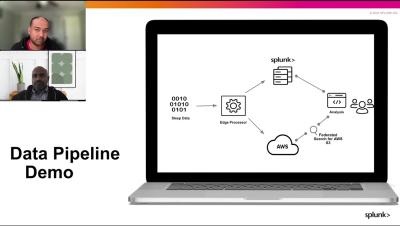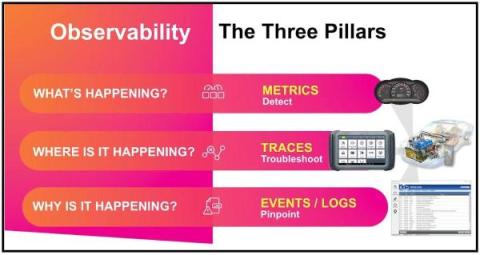Cyber-Physical Systems (CPS) Explained
Cyber-Physical Systems refer to a system that models, automates and controls the mechanism of a physical system in a digital environment. This is an area of significant growth: the global market for Cyber-Physical Systems (CPS) is expected to grow from around $87 billion in 2022 to over $137 billion by the year 2028 at a CAGR of 7.9%. So, what exactly are cyber-physical systems? Let’s take a look.







